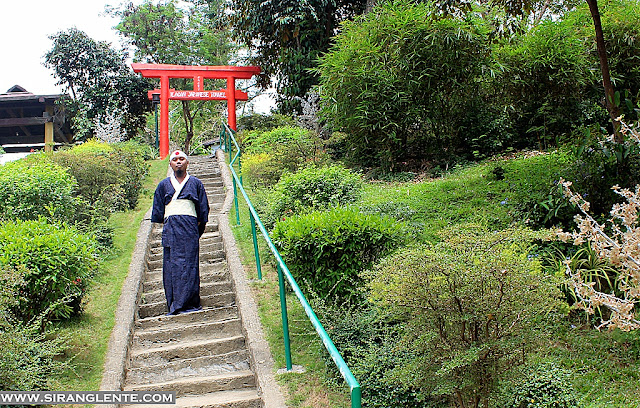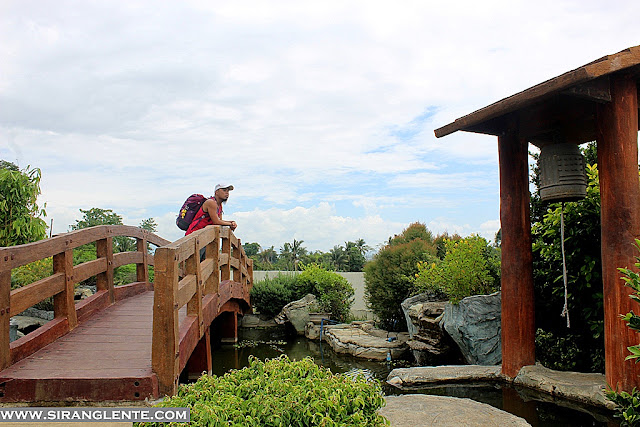
Jump to: About the Ilagan Japanese Tunnel | Historical Background | How to Get There | Entrance Fee & Schedule | What to Expect | Travel Tips | Nearby Attractions
About the Ilagan Japanese Tunnel
The Ilagan Japanese Tunnel is a historic World War II tunnel located in Barangay Santo Tomas, Ilagan City, Isabela. It was used by Japanese soldiers as a shelter and strategic hideout during the war. Today, it's a preserved war relic and a must-see attraction in Isabela for history enthusiasts and curious travelers alike.
Historical Background
This tunnel was built by Filipino prisoners under Japanese military command in the 1940s. Also, it's a man-made tunnel created by the locals through forced labor. It served as a supply storage area, escape route, and command center. The tunnel showcases remnants of wartime strategies and has been partially restored to allow public viewing. It's now one of Ilagan's top heritage sites.




How to Get There
- From Manila: Ride a bus to Ilagan City (Victory Liner, GV Florida).
- From Tuguegarao: Take a van or bus to Ilagan, then a local tricycle to Barangay Santo Tomas.
- Landmark: Near the Ilagan City Welcome Arc and Isabela Provincial Capitol.
Entrance Fee and Operating Hours
- Entrance Fee: ₱50 (adult), ₱30 (student/senior)
- Opening Hours: 8:00 AM – 5:00 PM daily
- Guided tours are usually available with local guides.






What to Expect
- Approximately 40 meters of walkable tunnel space
- Wartime mannequins, old helmets, and display weapons
- Photo spots at the entrance and inside the tunnel
- Cool, dark atmosphere inside – flashlights may be provided
- A brief guided talk about its history
Travel Tips
- Wear light, breathable clothing – it can get humid inside the tunnel
- Bring a flashlight or a fully charged phone if you want more light
- Combine this visit with other Ilagan or Isabela destinations
- Respect the site — it’s a war memorial and cultural landmark


Nearby Attractions
- Ilagan Sanctuary – a nature park with a zoo and cave trails
- Isabela Museum and Library – deeper dive into provincial history
- St. Ferdinand Cathedral – the city’s main church
- Divilacan or Palanan, Isabela – for more WWII history (via long travel)
Final Thoughts
The Ilagan Japanese Tunnel may be a small site, but its historical value and local importance make it worth a stop. Whether you're a fan of history, exploring Northern Luzon, or completing your province travel goals, this hidden gem offers a short but meaningful glimpse into our World War II past. During my journey to complete all 82 provinces, I had one of my most memorable backpacking trips through Isabela, Cagayan, and Apayao. From historical tunnels to scenic mountains and peaceful rivers, this Northern Luzon adventure was truly unforgettable.

No comments:
Post a Comment
Enter Comment Below: